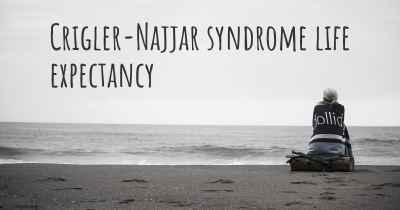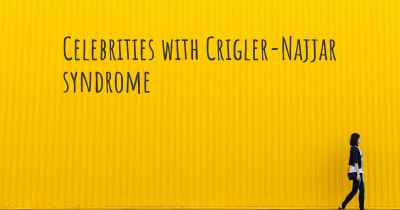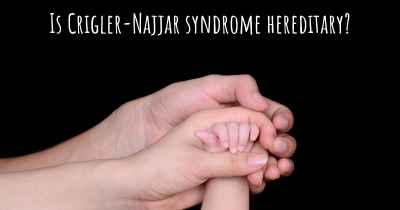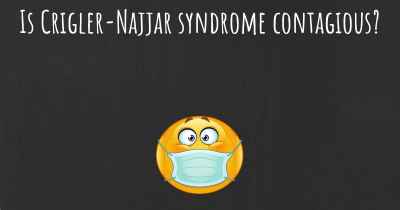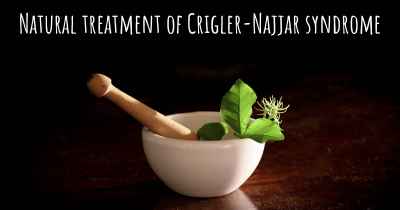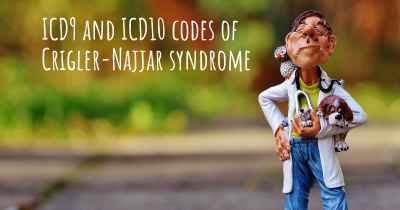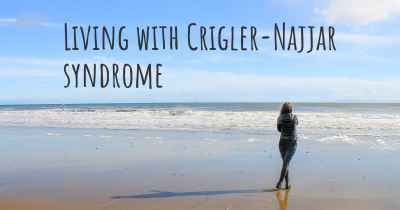How is Crigler-Najjar syndrome diagnosed?
See how Crigler-Najjar syndrome is diagnosed. Which specialists are essential to meet, what tests are needed and other useful information for the diagnosis of Crigler-Najjar syndrome
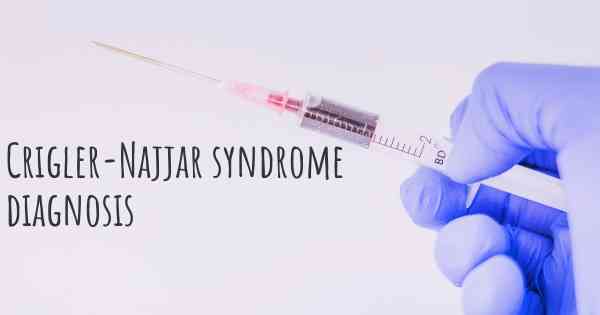
Crigler-Najjar syndrome is a rare genetic disorder characterized by the absence or severe deficiency of an enzyme called uridine diphosphate glucuronosyltransferase (UGT). This enzyme is responsible for the conjugation of bilirubin, a yellow pigment produced during the breakdown of red blood cells, making it water-soluble and easily excreted from the body. Without sufficient UGT activity, bilirubin accumulates in the blood, leading to a condition known as hyperbilirubinemia.
The diagnosis of Crigler-Najjar syndrome typically involves a combination of clinical evaluation, laboratory tests, and genetic analysis. The process aims to identify the characteristic symptoms, measure bilirubin levels, and confirm the underlying genetic mutation.
Clinical evaluation: A thorough medical history and physical examination are essential in the diagnostic process. The healthcare provider will assess the patient's symptoms, such as jaundice (yellowing of the skin and eyes), light sensitivity, and potential neurological complications. Family history is also crucial, as Crigler-Najjar syndrome is an inherited disorder.
Laboratory tests: Blood tests are performed to measure the levels of unconjugated bilirubin in the blood. Individuals with Crigler-Najjar syndrome typically have significantly elevated bilirubin levels, often exceeding 20 mg/dL (milligrams per deciliter). This finding helps differentiate the condition from other causes of jaundice. Additionally, liver function tests may be conducted to assess the overall liver health.
Phototherapy: In some cases, a phototherapy test may be performed to evaluate the response of bilirubin levels to light therapy. This involves exposing the patient's skin to specific wavelengths of light, which can help determine the severity of the condition and guide treatment decisions.
Genetic analysis: The definitive diagnosis of Crigler-Najjar syndrome is confirmed through genetic testing. This involves analyzing the patient's DNA to identify mutations in the UGT1A1 gene, which is responsible for producing the UGT enzyme. Genetic testing can detect specific mutations or deletions in the gene, providing valuable information about the type and severity of the syndrome.
Additional tests: In some cases, additional tests may be conducted to rule out other conditions or assess the liver's overall function. These may include liver ultrasound, liver biopsy, or other specialized imaging studies.
It is important to note that Crigler-Najjar syndrome is divided into two types: type 1 and type 2. Type 1 is the more severe form, characterized by complete absence of UGT activity, while type 2 is a milder variant with some residual enzyme function. The diagnosis and management may differ slightly between the two types.
In summary, the diagnosis of Crigler-Najjar syndrome involves a comprehensive approach that includes clinical evaluation, measurement of bilirubin levels, phototherapy testing, and genetic analysis. Identifying the characteristic symptoms, elevated bilirubin levels, and specific genetic mutations are crucial in confirming the diagnosis and determining the type and severity of the syndrome.
